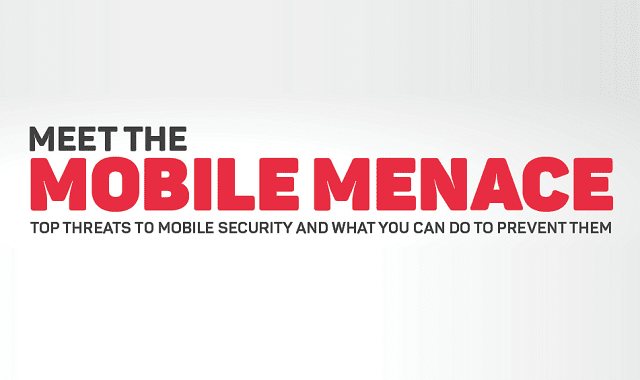In the Star Trek fictional universe, high tech shields provided starships, space stations and planets with protection against threats and damage. If a shield was projected around a ship or other body, it could deflect projectiles and even weapons of enemies. The deflector shields operated by creating a layer, or layers, of energetic distortion around the object that needed to be protected.
When it comes to information security, we face similar challenges to Capitan Kirk and his Starship Enterprise; it’s just that the Klingons are replaced with a different kind of bad guy. And applications continue to top the list of our bad guy’s favorite targets. In fact, research suggests that 80% of successful breaches target the application layer. What’s more, with the explosive growth of the mobile channel and user demand for anytime/anywhere access to mobile services, mobile apps are stretching the boundaries of security, and putting them squarely in the crosshairs when it comes to malicious attacks.
 Infographic by: vasco.com
Infographic by: vasco.com
When it comes to information security, we face similar challenges to Capitan Kirk and his Starship Enterprise; it’s just that the Klingons are replaced with a different kind of bad guy. And applications continue to top the list of our bad guy’s favorite targets. In fact, research suggests that 80% of successful breaches target the application layer. What’s more, with the explosive growth of the mobile channel and user demand for anytime/anywhere access to mobile services, mobile apps are stretching the boundaries of security, and putting them squarely in the crosshairs when it comes to malicious attacks.
 Infographic by: vasco.com
Infographic by: vasco.com
